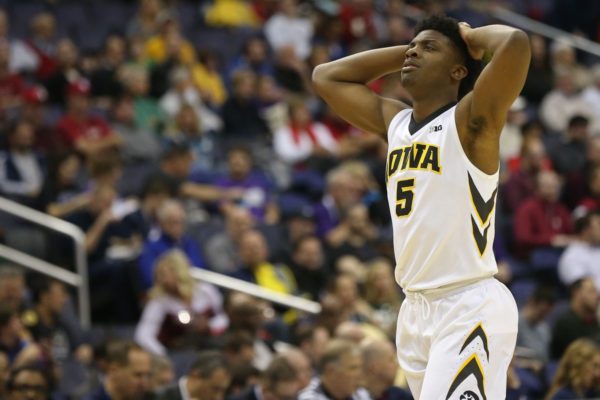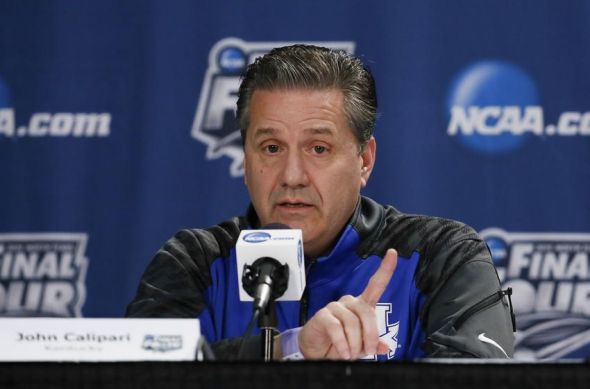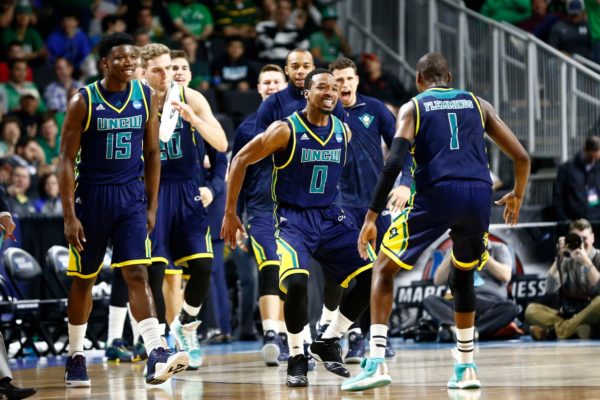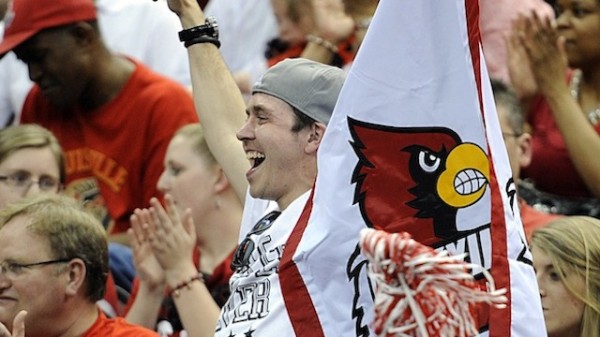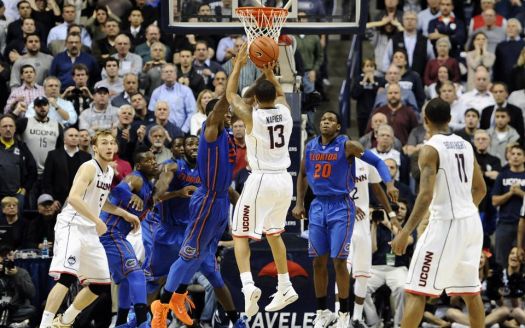ACC M5: Offseason Storyline Edition
Posted by Brad Jenkins (@bradjenk) on October 16th, 2018
We are now just three weeks away from opening night in college basketball, so it’s time to start our preseason coverage here at the ACC microsite. Over the next several weeks we will provide key question previews of all 15 ACC schools and we will also be reporting from ACC Operation Basketball in Charlotte a bit later this month. But first, let’s catch up on some of the most important storylines affecting ACC schools since the season ended last April.
- FBI Trial. Perhaps the biggest offseason story in college basketball is taking place right now in a New York City federal courtroom. The FBI’s investigation into the shady world of big-time recruiting has led to a criminal trial of several former Adidas employees who are accused of defrauding colleges by paying recruits (and their families) to sign with certain schools. Not surprisingly, the riveting testimony has generally revealed that college basketball programs are not really “victims” in this process; rather, as CBSSports.com’s Gary Parrish points out, they are co-conspirators. Two ACC schools are mired in this web as former assistant coaches at Louisville and NC State have been accused of paying recruits. The oddest reaction to the evidence that has been released so far came from North Carolina’s Roy Williams, who claimed that he was “dumbfounded” by the recent revelations. This is the same coach that has publicly stated he once turned Florida in to the NCAA for its recruitment of Mike Miller nearly 20 years ago.
- NCAA Reform. After receiving a number of recommendations last spring from the Dr. Condoleezza Rice-led Commission on College Basketball, the NCAA Board of Governors and Division I Board of Directors announced some reform measures — such as giving athletes more flexibility in professional opportunities — in how the sport operates. Unfortunately, none of these incremental changes will really address the root cause of the behavior that has been uncovered in the ongoing FBI investigation. As long as the antiquated model of student-athlete amateurism exists, there will continue to be a market for talented high school players to receive money and benefits from interested parties.
- New Regimes Begin. The ACC’s two new head coaches — Louisville’s Chris Mack and Pittsburgh’s Jeff Capel — spent the late spring and summer restocking and preserving their respective rosters. When Mack took over the Cardinals’ program, he inherited just six returning players (including only one starter), one redshirt transfer and no incoming freshmen. Mack responded by signing three graduate transfers, two of whom, Christen Cunningham (Samford) and Khwan Fore (Richmond), should see major backcourt minutes in his first season. For Capel, job one was to convince several holdovers from the disastrous Kevin Stallings era to remain with the program — the longtime Duke assistant not only managed to perform that task, but he also signed some highly-rated freshmen to fill out the squad in his initial campaign in the Steel City.
- Bye Bye, RPI. Finally! Believe it or not… Ronald Reagan was sitting in the Oval Office when we last had an NCAA Tournament field selected without using the RPI. As the guiding metric for the Selection Committee since way back in 1981, the RPI has been an outdated tool for at least a decade in the era of advanced analytics. But as this article from SBNation.com points out, plenty of mystery surrounds the replacement rating system being called the NCAA Evaluation Tool (NET). As with the RPI, the NET will be used primarily as a sorting tool in the hope that Quadrant results – part of the evaluation system put in place a year ago – will better reflect actual team strength. There will be no shortage of discussion, and we shall see how it works when March rolls around.
- Conference Hype. The ACC is receiving considerable preseason love from the national media heading into the 2018-19 season. Seven league members are in both the CBSSports.com and ESPN.com preseason Top 25 ratings while NBCSports.com places eight ACC teams in its version. As expected, each of last year’s top three teams in the league – Virginia, Duke and North Carolina – are once again regarded as consensus top-10 squads. Several ACC players are showing up on preseason All-America teams as well, led by North Carolina senior Luke Maye and Duke superstar freshmen R.J. Barrett and Zion Williamson. We got an early peek at Coach K’s talented young duo in August, when the Blue Devils played three exhibition games in Canada.





























